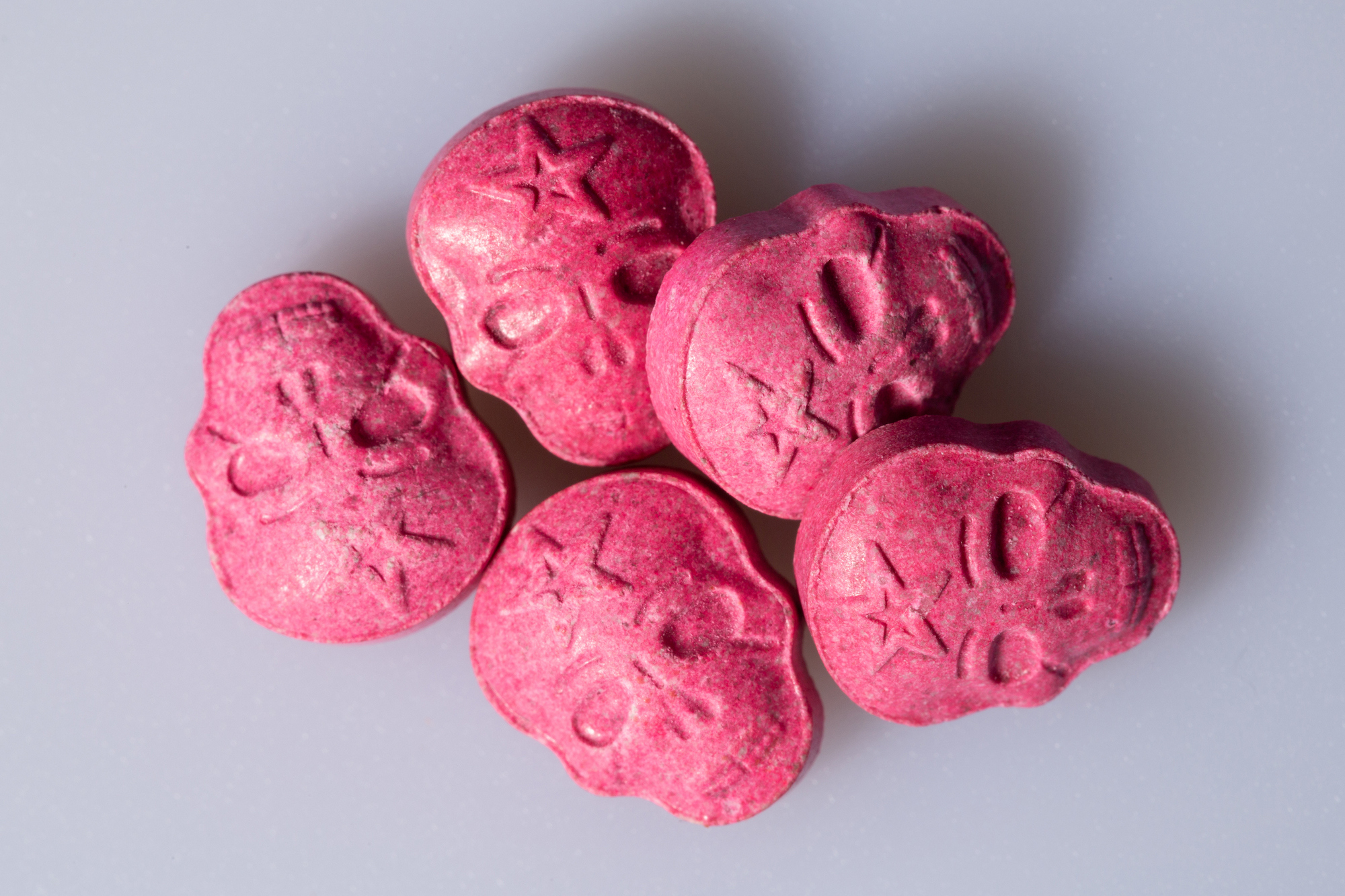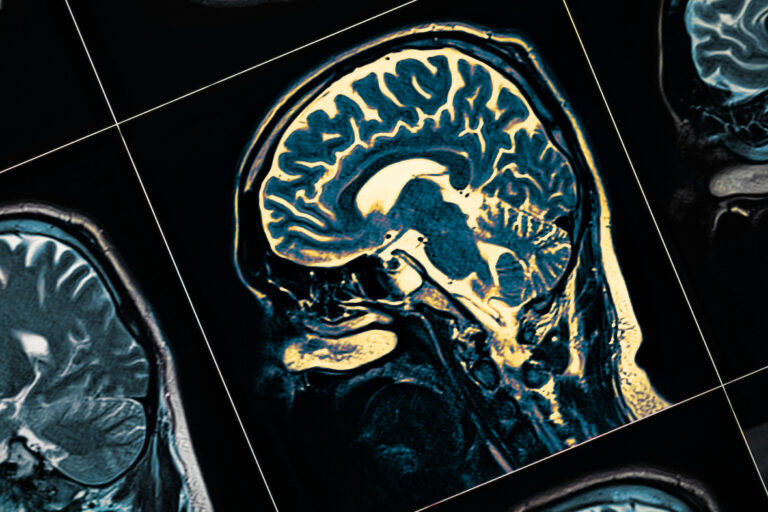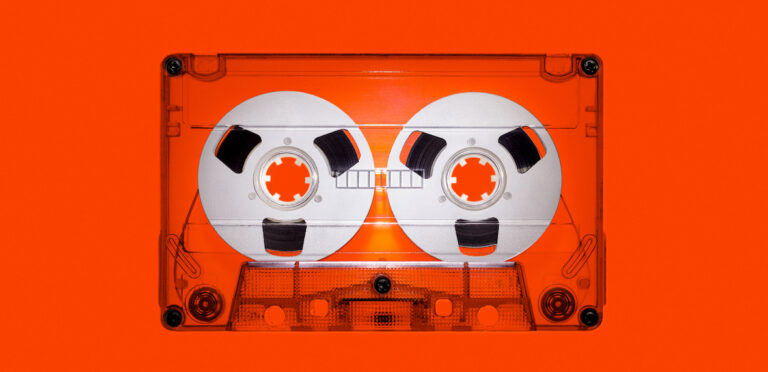
Combatting placement poverty
Many Australian students are struggling with the rising cost of living and are taking on additional paid work while studying. Some students, especially those in health-related fields like nursing and midwifery, are facing “placement poverty” due to extensive unpaid placement hours. Addressing placement poverty is crucial to ensure a strong and diverse healthcare workforce in the future.





